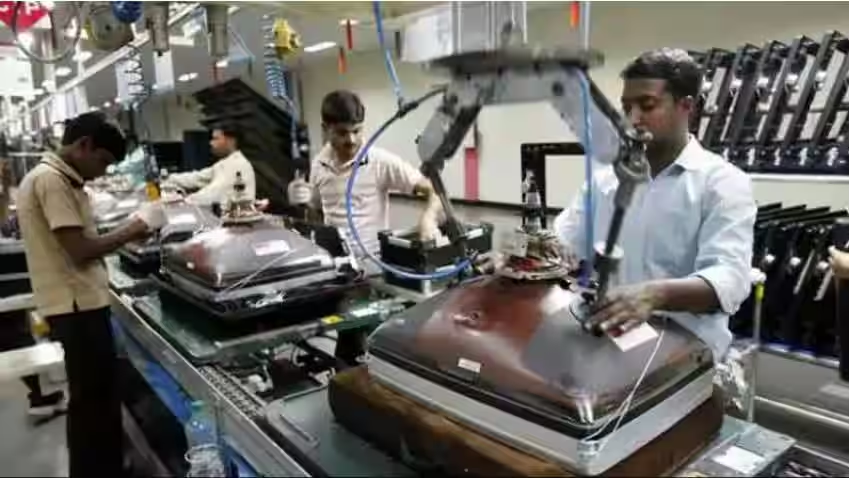New Delhi: India’s smartphone industry is revving up its lobbying efforts ahead of the upcoming Union Budget. The India Cellular and Electronics Association (ICEA), representing major smartphone manufacturers, is calling for a significant reduction in tariffs and duties on components and sub-assemblies imported for domestic smartphone production. They’ve also proposed a multi-billion rupee incentive scheme to boost the domestic electronics ecosystem.
ICEA Argues High Tariffs Cripple Global Competitiveness
ICEA argues that India’s current import tax structure, with many tariff lines significantly higher than competitors, is hindering the country’s ability to participate in global value chains (GVCs). Their analysis reveals a stark contrast with major competitors like China and Vietnam. Nearly all of Vietnam’s weighted average tariffs (almost 97%) fall between zero and 5%, while China boasts a similar percentage (56%) in that range. India, on the other hand, lags behind with only about 45% of its tariff lines within that competitive range.
This disparity, according to ICEA, discourages global companies from setting up manufacturing bases in India as part of their GVCs. They argue that a more competitive tariff structure is crucial for attracting foreign direct investment and fostering the development of a robust domestic electronics ecosystem.
High Import Costs Blamed for Squeezed Margins, Job Losses
Pankaj Mohindroo, chairman of ICEA, emphasizes the negative impact of high tariffs on production costs. He claims that current import duties inflate manufacturing costs by 7-7.5%, putting a strain on profit margins and ultimately hindering local production. This, in turn, discourages job creation and economic growth within the smartphone industry.
To address this challenge, Mohindroo proposes that India adopt tariff structures that mirror those of China and Vietnam. He believes this will allow Indian manufacturers to compete effectively and sustain the recent surge in domestic mobile phone production and exports.
ICEA Recommends Specific Duty Cuts and Tariff Streamlining
The association has outlined a series of specific recommendations aimed at reducing import duties. This includes lowering tariffs on key components like printed circuit boards (PCBs), chargers, adapters, and mobile phones to 15%. Additionally, they have urged the government to eliminate the 2.5% tariff on sub-assembly parts and inputs such as camera modules and connectors. ICEA argues that these tariffs create unnecessary complexity and compliance burdens for legitimate manufacturers, offering little to no benefit in terms of domestic industry development.
Furthermore, ICEA proposes a phased reduction of tariffs across the board. Their roadmap envisions a gradual decrease in import duties, ultimately bringing India’s tariff structure in line with its most competitive peers. They acknowledge that there might be some initial revenue loss for the government. However, they argue that this would be more than compensated for by the long-term economic benefits of a thriving domestic smartphone industry. These benefits include increased production volumes, higher sales due to affordability, and a significant boost in job creation.
Government Aims to Boost Domestic Value Addition
The Indian government is actively working to increase the domestic value addition (DVA) in the smartphone industry. DVA refers to the percentage of a product’s value that is added through manufacturing and services within a specific country. The current target is to raise DVA to 35-40% in the near future, with a long-term vision of reaching 50%. The proposed component incentive scheme is expected to play a crucial role in achieving these ambitious goals.
Analysts See Tariff Reduction and Incentives as a Game Changer
Industry analysts believe that a combined approach of tariff reduction and a substantial component incentive scheme could be a game changer for the Indian smartphone industry. This strategy is expected to significantly increase domestic value addition, attract greater participation in global value chains, and foster the development of large-scale Indian smartphone companies.
The government is aiming to achieve a staggering $82 billion (Rs 6.8 trillion) in domestic production value for mobile phones by FY27 through tariff rationalization. This ambitious plan, according to ICEA estimates, has the potential to generate 3 million new jobs and push smartphone exports to a staggering Rs 3.2 trillion.






